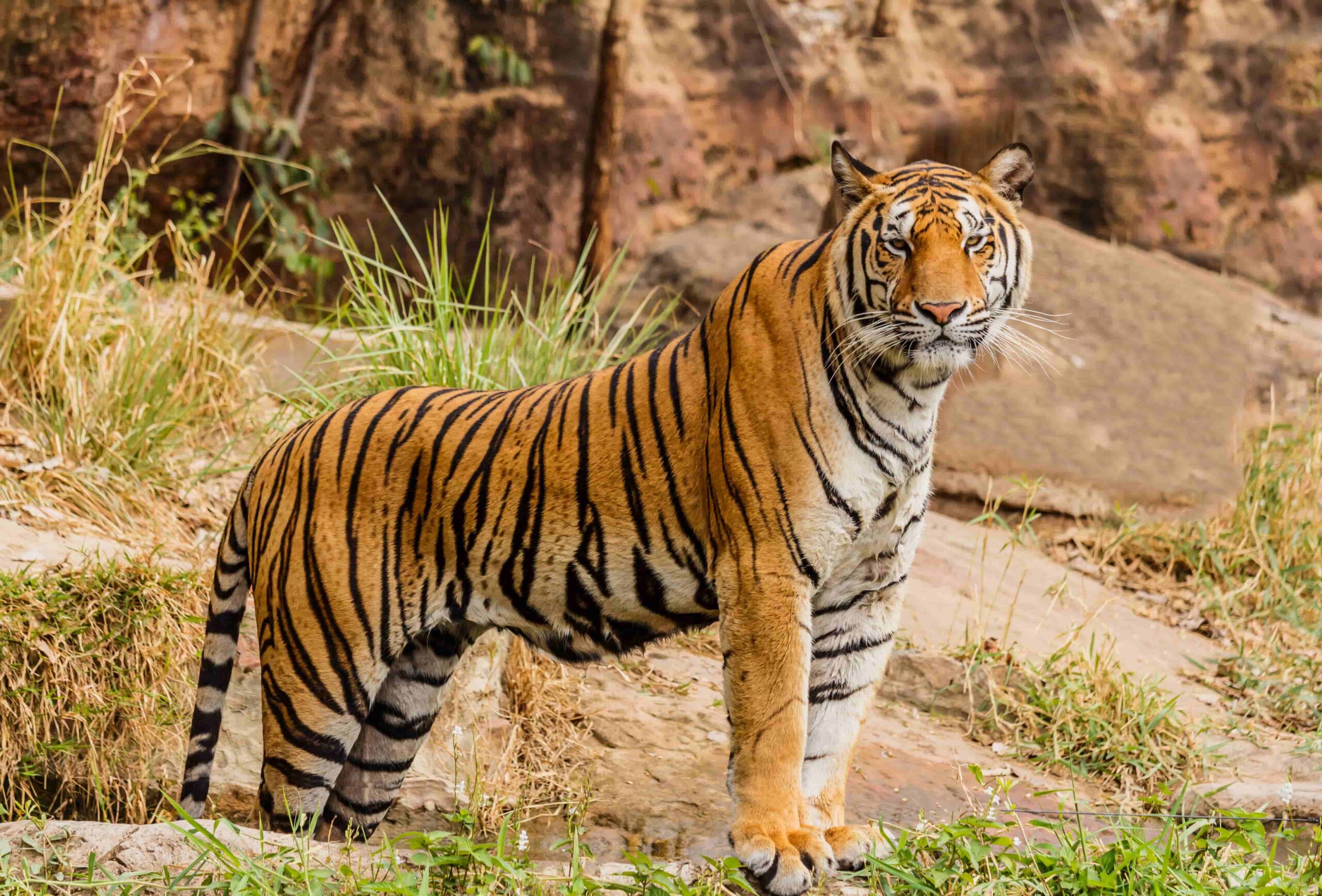As the world celebrates International Tiger Day on the 29th of July 2024, Prime Minister Narendra Modi has highlighted how indigenous communities residing in areas closer to forests contribute to Tiger Conservation in India.
While addressing the nation in his radio programme “Mann Ki Baat” on Sunday, the Prime Minister highlighted the role played by such communities residing in rural areas to save tigers as a result of which the nation is witnessing a growth in the number of big cats. He also reminded that India is home to 70 percent of the world’s tiger population.
As per the 5th cycle of the All India Tiger Estimation 2022 summary report, India has a minimum of 3,167 tigers. Further data analysis estimates the upper limit of the tiger population at 3,925, with an average number of 3,682 tigers, reflecting a commendable annual growth rate of 6.1%, as per Govt data.
Kulhadi Band Panchayat has stopped cutting trees in Ranthambore
 “In India, Tigers have been an integral part of our culture. We all have grown up listening to stories of incidents related to tigers. In the villages around forests, everyone knows how to live in harmony with the tiger. In our country, there are many villages where there is no conflict between humans and tigers. But where such a situation arises, unprecedented efforts are being made for the protection of tigers there as well.
“In India, Tigers have been an integral part of our culture. We all have grown up listening to stories of incidents related to tigers. In the villages around forests, everyone knows how to live in harmony with the tiger. In our country, there are many villages where there is no conflict between humans and tigers. But where such a situation arises, unprecedented efforts are being made for the protection of tigers there as well.
One such effort of public participation is Kulhadi Band Panchayat. The Kulhadi Band Panchayat campaign that started from Ranthambore of Rajasthan is very interesting. The local communities themselves have taken an oath that they will not go to the forest with axes and will not cut trees. Due to this one decision, the forests here are becoming green once again, and a better environment is being created for the tigers,” the PM said during the programme.
Chenchu tribe in Andhra Pradesh working as Tiger Trackers
The PM threw light on how the ‘Chenchu’ tribe living in the Nallamala hills in Andhra Pradesh have been working as Tiger Trackers and gathered detailed information on the movement of wild animals in the forest. Along with that, they also monitor illegal activities in the area.
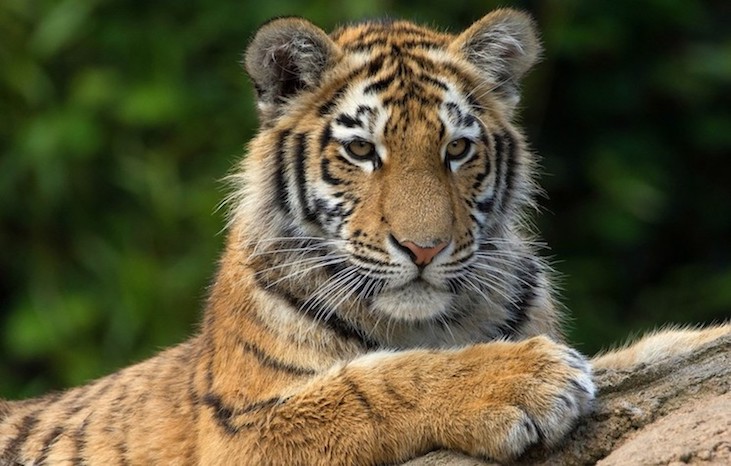
Local people working as ‘Tiger Friends’ in Pilibhit, UP
The PM spoke about how the local people are trained to work as ‘Tiger Friends’ under the ‘Baagh Mitr Karykram’ in Pilibhit, Uttar Pradesh. The ‘Tiger Friends’ ensure that there is no conflict between tigers and humans.
“Many such efforts are underway in different parts of the country. I have discussed only a few efforts here, but I am happy that public participation is proving very useful in tiger conservation. It is on account of such efforts that the tiger population in India is increasing every year. You will feel happy and proud to know that 70 percent of the tigers in the world are in our country. Imagine! 70 percent tigers!! – That is why there are many Tiger Sanctuaries in different parts of our country,” PM Modi expressed.
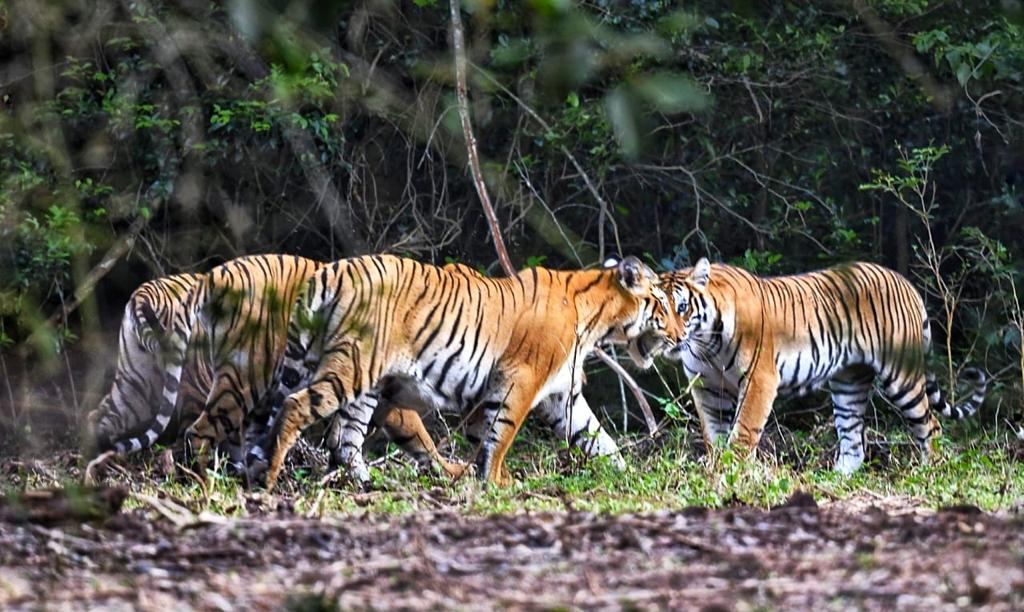
Tribes in Tadoba-Andhari reduced dependence on forest
The PM then discussed how the Gond and Mana tribes in Maharashtra’s Tadoba-Andhari Tiger Reserve reduced their dependence on the forest so that the activities of tigers can increase here. Notably, the Tadoba-Andhari Tiger Reserve is one of the main habitats of tigers in India.
Earlier during his “Mann Ki Baat” programme in February this year, the PM had expressed his appreciation for how AI is being used to curb man-tiger conflict in Tadoba.
“You will be happy to know that technology is being used extensively for the conservation of wildlife in different parts of our country. During the last few years, through the efforts of the government, the number of tigers in the country has increased. The number of tigers in the Tiger Reserve of Chandrapur, Maharashtra has risen to more than 250. The help of Artificial Intelligence is being taken to reduce conflict between humans and tigers in Chandrapur district. Here cameras have been installed on the border of the villages and the forest. Whenever a tiger comes near a village; with the help of AI, local people get an alert on their mobile. Today, this system has provided a lot of convenience to the people in the 13 villages around this Tiger Reserve and the tigers have also got protection,” he had said during the radio programme.
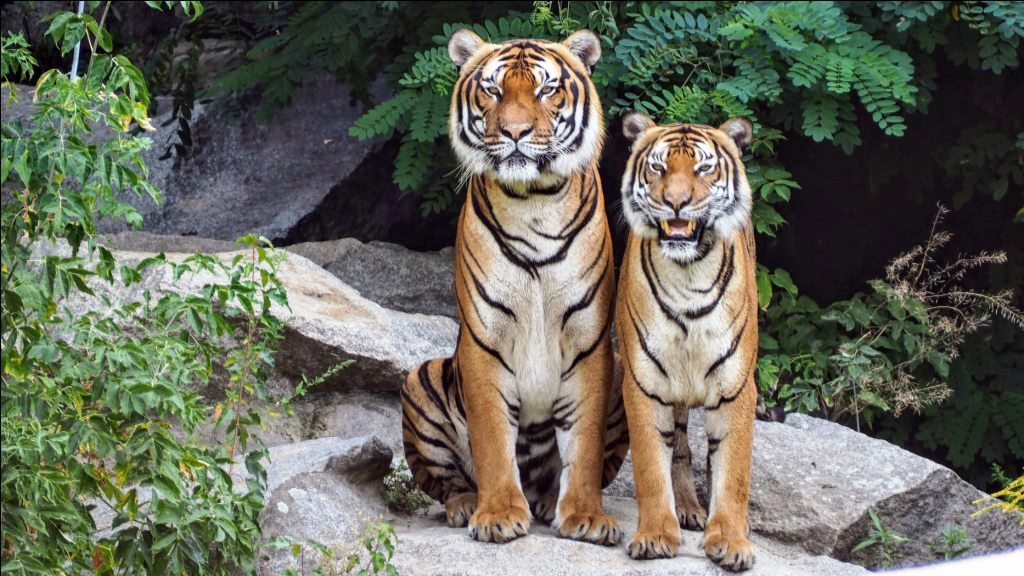
Project Tiger
The Government of India has been running an initiative for conserving its national animal, the tiger since 1973. The National Tiger Conservation Authority, Government of India, has been working in collaboration with State Governments to conserve the big cat.
On April 1, 1973, Project Tiger was officially launched at the Corbett Tiger Reserve. The initial phase included nine tiger reserves of Corbett (Uttar Pradesh), Palamau (Bihar), Similipal (Odisha), Sundarbans (West Bengal), Manas (Assam), Ranthambore (Rajasthan), Kanha (Madhya Pradesh), Melghat (Maharashtra) and Bandipur (Karnataka). Currently, India has 55 tiger reserves covering more than 78,735 square km, nearly 2.4% of the country’s geographical area, of tiger habitat.
Project Tiger completed 50 years in 2023. Project Tiger has made progress in tiger conservation over the past five decades, but challenges like poaching and habitat fragmentation continue to pose threats to tiger conservation.
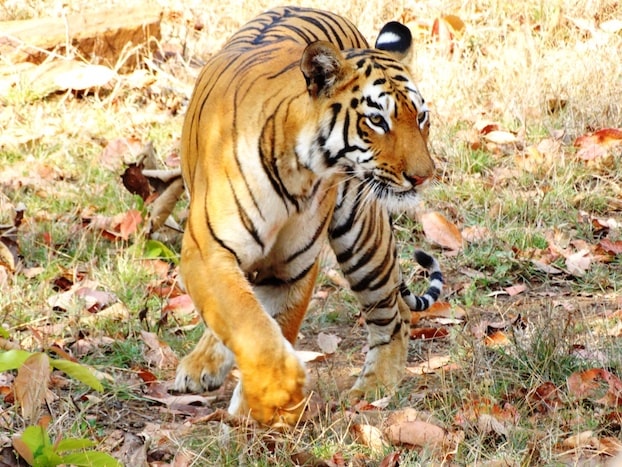
International Big Cat Alliance
The Union Cabinet has approved the establishment of International Big Cat Alliance with headquarters in India with a one-time budgetary support of Rs.150 crore for a period of five years from 2023-24 to 2027-28.
On the occasion of commemorating 50 years of India’s Project Tiger on April 9, 2023, the launch of International Big Cat Alliance was formally announced. This aims at securing the future of big cats and landscapes they thrive in. Out of the seven big cats including Tiger, Lion, Leopard, Snow Leopard, Cheetah, Jaguar and Puma, the first five are found in India.
The International Big Cat Alliance has been conceived as a multi-country, multi-agency coalition of 96 big cat range countries, non-range countries interested in big cat conservation, conservation partners and scientific organizations working in the field of big cat conservation besides business groups and corporates willing to contribute to the cause of big cats.
The purpose is to establish networks and develop synergies in a focused manner so as to bring to a common platform a centralized repository of successful practices and personnel, backed by financial support which can be leveraged to strengthen the conservation agenda in the field to arrest decline in big cat population and reverse the trend.
The International Big Cat Alliance recognizes the importance of integrating biodiversity policies with sustainable development goals (SDGs) to achieve holistic and inclusive conservation outcomes. The Alliance ensures sustainable use of natural resources and mitigates challenges emanating from climate change. By safeguarding big cats and their habitats, the IBCA contributes to natural climate adaptation, water and food security and well-being of thousands of communities reliant on these ecosystems.
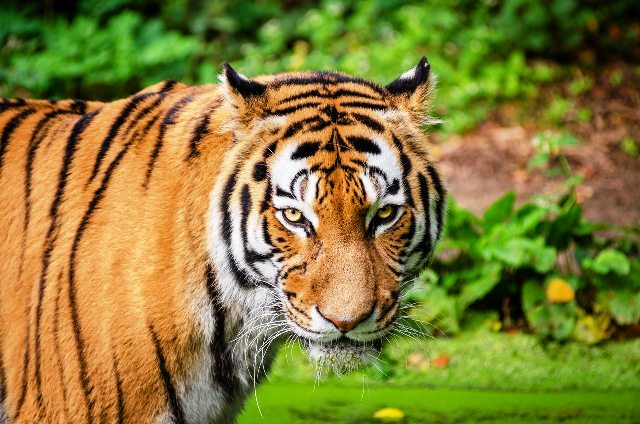
India’s Tiger Population
According to the 5th Tiger Census in 2022, India is now home to 3,682 Tigers. Madhya Pradesh has the maximum number (785) of tigers in the country, followed by Karnataka (563), Uttarakhand (560), and Maharashtra (444), as per Govt data.
The tiger abundance within the Tiger Reserve is highest in Corbett (260), followed by Bandipur (150), Nagarhole (141), Bandhavgarh (135), Dudhwa (135), Mudumalai(114), Kanha (105), Kaziranga (104), Sundarbans (100), Tadoba (97), Sathyamangalam (85), and Pench-MP (77).
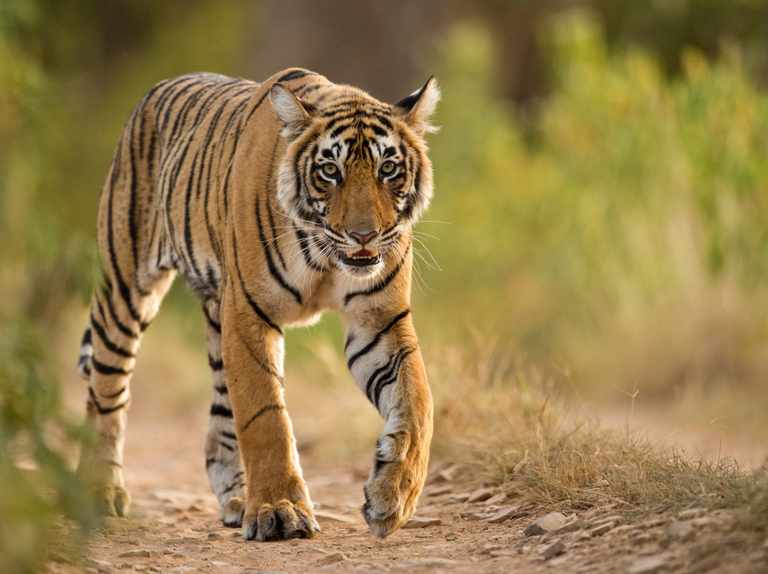
Tiger deaths in India
As per Government data, 628 tigers died in India during the past five years due to natural causes and other reasons, including poaching. The number of tiger deaths in 2023 is also the highest since 2012. According to the National Tiger Conservation Authority (NTCA), 96 tigers died in 2019, 106 in 2020, 127 in 2021, 121 in 2022, and 178 in 2023.

